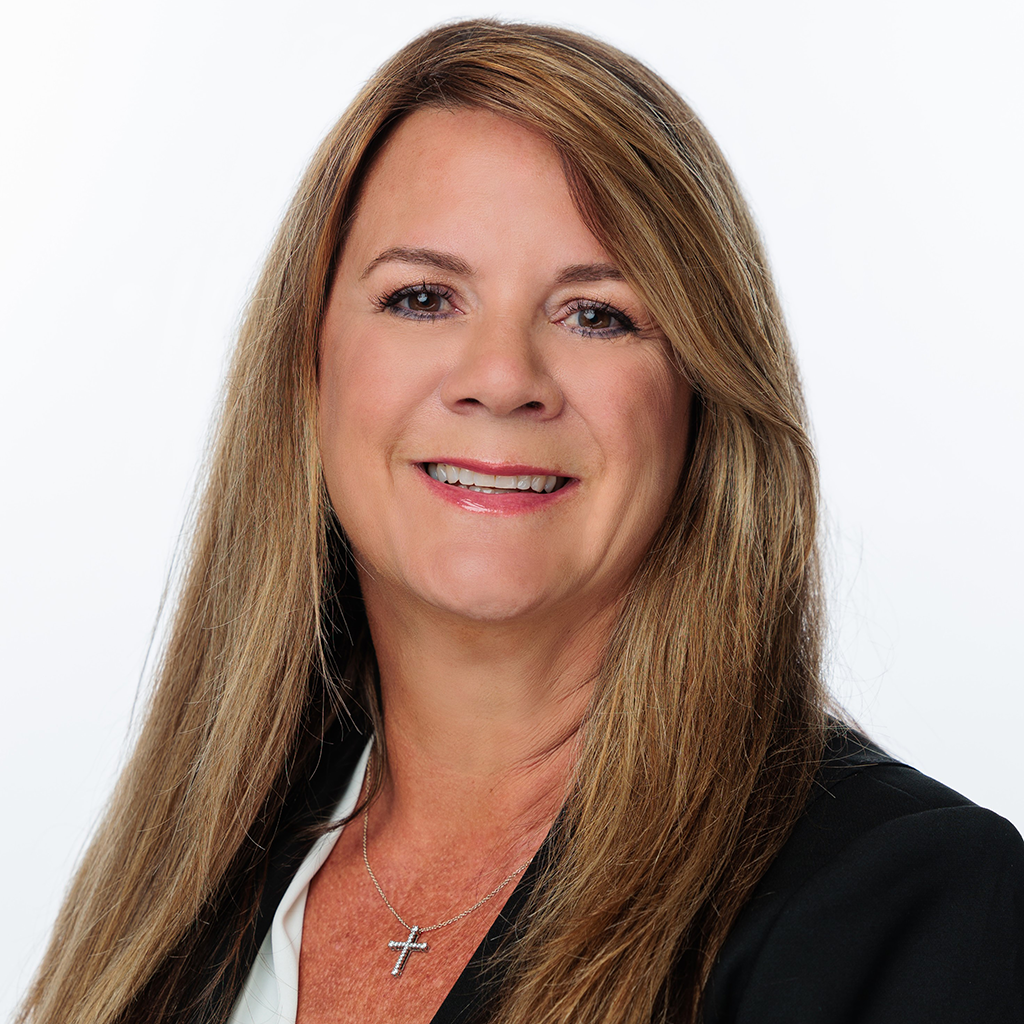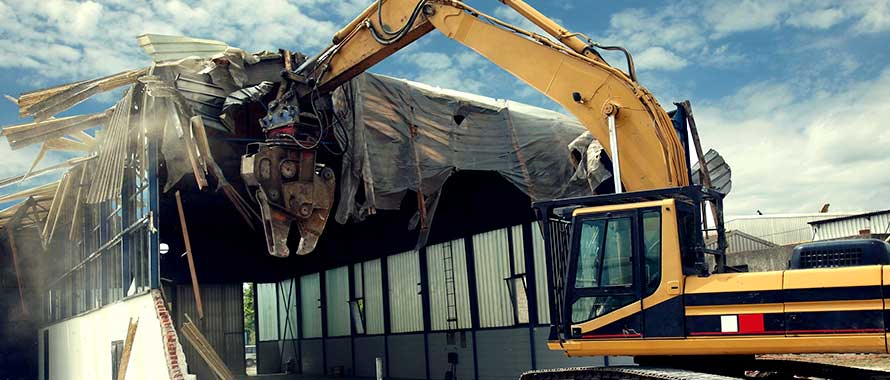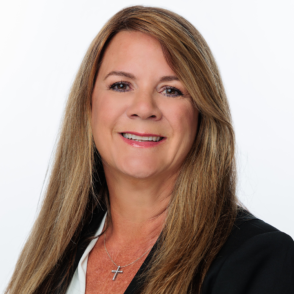Did you know that approximately 90 percent of all environmental losses are uninsured? That results in about $1 billion in losses across the industry.
“The most common misconception is that a majority of contractors don’t think they need environmental coverage,” said Gina Jones, Associate Vice President, Environmental Programs, Burns & Wilcox. “Absence of loss does not mean absence of risk.”
It can be as simple as the grease from french fries, for example. Jones explained a story of one Las Vegas-based client contractor who cleaned and removed cooking grease from local restaurants. A mishap caused the fry grease to be spilled directly onto the Las Vegas strip one afternoon in front of a major hotel and casino. An onlooker slipped and fell in the grease. The contractor not only had to clean up the strip, but also pay for bodily injury damages and replace the $1,000 suit that the victim was wearing.

Every single contractor has an environmental exposure, Just because a contractor does not handle chemicals, it does not mean there is not a potential for exposure.
Contractor Pollution Liability (CPL) insurance can help combat those losses and is needed now more than ever to help contractors understand their exposures. The third-party coverage insures contractors for bodily injury, property damage, clean up and defense costs resulting from exposures to pollutants while operating at a job site.
Contractors are service providers carrying out a task at a job site that is not owned or operated by them. Since the contractors do not own the work site, they assume that they do not have a possibility for exposure. If a contractor believes this, they are wrong.
Exposures are everywhere
“Every single contractor has an environmental exposure,” said Jones. “Just because a contractor does not handle chemicals, it does not mean there is not a potential for exposure.”
Anything out of its natural environment is technically a pollutant.
Jones shared an example of a contractor who was hired to paint the entryway of a nursing home. Unfortunately, he did not properly ventilate the area and the paint fumes made it into the HVAC system and were carried throughout the entire nursing facility, making the elderly residents sick.
While the painter may not have seen a potential for loss, the risk became evident quite quickly. For small contractors, any loss due to a pollutant could put them out of business.
Aaron Carfagnini, National Product Leader, Environmental Centre of Excellence, Burns & Wilcox Canada, says “Contractual requirements are helping grow the adoption of CPL policies. While contractors will try to negotiate the need for environmental coverage out of contracts, risk managers at municipalities are enforcing the policy and keeping it in.”
For instances with municipalities or large job sites, contractors are able to purchase a CPL policy for work performed under a single contract. “Policies written on a per contract basis are driving the marketplace,” said Carfagnini. “They provide introductions to contractors benefiting from CPL insurance for the first time.”
Errors & Omissions
Brokers and agents are responsible for talking to their clients about CPL insurance to mitigate risk of exposure. If a broker does not recommend CPL to a contractor and there is an exposure, the insured can make their Errors & Omissions (E&O) insurance pay for the cost of it. In short, brokers and agents can be held responsible for not recommending CPL insurance.
Many contractors may deny it to either “save money” or because they do not see where or how an exposure could occur. It is the broker’s job to educate those contractors on all the risks. A ditch digger, for example, may think they do not need CPL because they just move dirt. However, knowing the risks and costs associated with a potential exposure from hitting a sewage pipeline may open their mind to it. “Brokers must remind the insured that just because they do not own the site does not mean it is not their risk,” said Jones.
Carfagnini added, “Many times contractors are named on job site lawsuits simply because they are part of the project, whether or not they were part of the environmental exposure.”
A Major Selling Point
CPL was once a very confusing type of insurance that could become quite expensive. In fact, in the 1980s and 1990s, CPL insurance was very expensive and did not offer a lot of coverage. Jones added, “When I first started in the 1990s, CPL was written on a claims made basis. Now it is written on an occurrence basis.”
Coverage at that time was very restrictive and premiums were expensive. Now, it is much less restrictive and coverage for natural resources, transportation pollution liability, non-owned disposal sites and more, is built in. This can be a major selling point for brokers and agents to relay to their clients.
It is important to remember that all contractors are at risk for a pollutant exposure, regardless of if they realize it or not. Whether they drive a grease truck or do commercial painting, the risk for exposure is real. It is the broker’s job to educate their clients so they are able to make decisions that are right for them and the environment in which they work.







